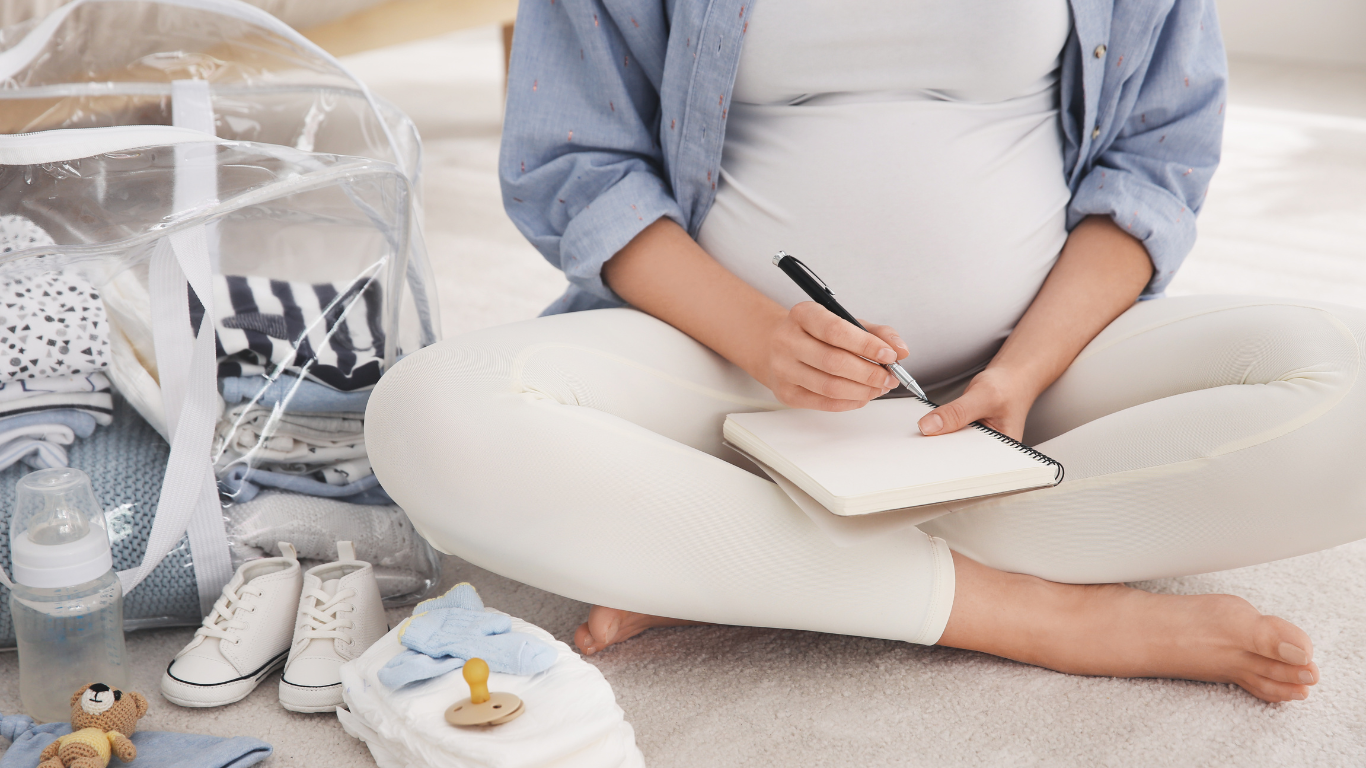Generally speaking, the number of Caesarean sections is on the rise worldwide. According to The Lancet[1], rates had increased from about 16 million births (12%) in 2000 to an estimated 29.7 million (21%) in 2015. In several GCC countries, including the UAE, Lebanon and Bahrain, the number of c-section births is higher than the global average rate[2].
Reasons for having a c-section include personal choice, your baby lying in the breech position, the position of your placenta, and certain medical conditions such as pre-eclampsia. Your healthcare provider will discuss your options with you and advise of any medical reasons why a c-section may be necessary.
The operation is usually carried out with an epidural anesthetic, meaning that you will be awake for the procedure. It takes around 40 to 50 minutes. You and your partner will be able to see and hold your baby as soon as it is born, providing there are no complications.
While c-sections are becoming far more common, it’s important to remember that the recovery will take longer than with a vaginal delivery. A hospital stay of three to four nights is usually required after the birth; then you’ll need to take things easy back at home. Full recovery can take around six weeks. Here are some tips to make the healing process as easy and as comfortable as possible.
Movement
The hospital team will let you know when you can stand up and start walking around a little (normally within 24 hours after surgery). You might not feel like it to begin with, but once you get the go-ahead, a little bit of gentle movement helps boost circulation, ease constipation, and prevent blood clots. Some women find holding a small pillow against their scar when going from sitting to standing can help a lot for support. At home, try to avoid going up and down stairs and doing any lifting as much as possible. Check with your doctor before resuming your normal exercise routine (expect to wait at least six weeks) and resume with gentle forms of exercise such as walking, swimming, yoga, and Pilates.
Wound care
Your doctor will advise when to have your dressing removed; after this has been done, carefully clean and dry the wound daily. Bathing is only allowed once the cut has fully healed and some doctors recommend waiting up to three weeks. Light, loose clothing is preferable, and high-waisted trousers that sit well above the scar are a good option. Watch for signs of infection and see your healthcare provider if you have a high temperature or your wound becomes red and swollen.
Pain relief
It’s normal to feel a bit sore for a week or so after your c-section, so speak to your healthcare provider about pain relief options. They will advise on the correct dosage and timings, allowing you to manage any pain safely. If you’re breastfeeding, position your baby so they’re not lying against the scar.
Driving
Some women feel able to start driving sooner than others, but it’s advisable to wait at least four weeks. The general rule of thumb is to make sure your scar has healed, allowing you to sit comfortably behind the wheel and brake sharply, if needed, without feeling any pain.
[1] The Lancet: “Global epidemiology of use of and disparities in caesarean sections” https://www.thelancet.com/journals/lancet/article/PIIS0140-6736(18)31928-7/fulltext
[2] PMC: “Caesarean section rates in the Arab region: a cross-national study” https://www.ncbi.nlm.nih.gov/pmc/articles/PMC1457106/







